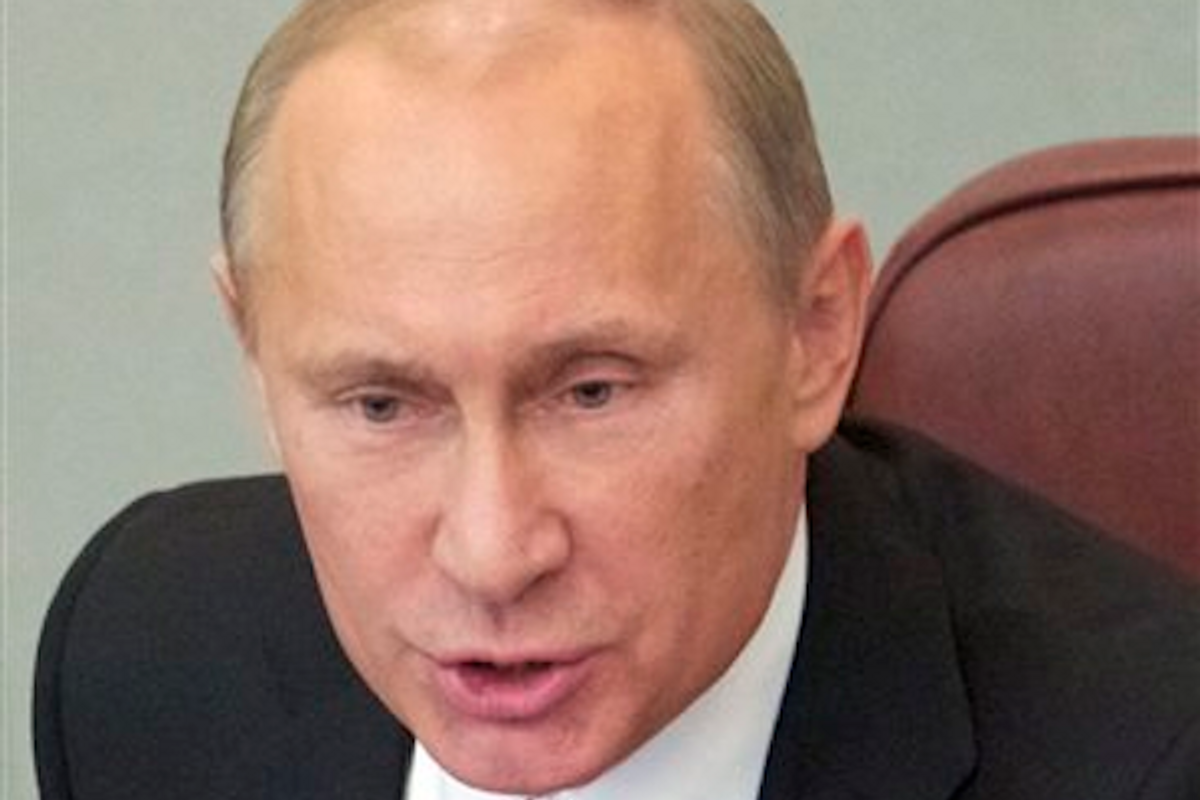This article originally appeared on GlobalPost
When a Russian strategic bomber came crashing down over the country’s Far East on Tuesday, killing two crew members, it was only the latest disaster for Russia’s increasingly busy Air Force.
In little more than a month, it’s lost six planes in a variety of mishaps, from simple runway crashes to deadly disasters.
While a top Defense Ministry official said in May that military flight accidents have dropped to less than a quarter of what they were five years back, that streak now appears to be crumbling — and fast.
In a recent column, Russian military expert Vasiliy Sychev cited two reasons for the alarming trend: poor maintenance and a significant increase in flights.
Since the beginning of the crisis in Ukraine, Russian President Vladimir Putin has placed an emphasis on boosting his country’s military might. That’s included increased snap exercises and spot checks on its armed forces, which have invariably led to more frequent flights.
“The logic is simple: the more an aircraft flies, the quicker it exhausts its resources, and the higher the likelihood of any malfunction,” Sychev wrote last week in Slon.ru, a liberal Russian news site.
It’s worth noting that a large part of Russia’s Air Force — such as the Tu-95 bomber that crashed Tuesday — is made up of Soviet-era holdovers that require substantial maintenance.
But the increasing flights are just a sign of the times.
Amid renewed geopolitical tensions between Russia and the West, Russian military planes have been caught buzzing NATO ships in the Baltic Sea, flying uncomfortably close to United States territory — on July 4, no less — and even coming within 100 feet of US aircraft on patrol.
There’s photographic proof, too: Here’s footage of a Russian Su-24 fighter jet performing a flyby over a US destroyer in the Black Sea in May:
But keeping your adversaries on their toes also means keeping your own forces constantly working.
Igor Sutyagin, a military researcher at the Royal United Services Institute in London, says that such mentally and physically demanding exercises often sap energy from pilots and crews.
“Even ordinary flight is a dangerous thing,” he said, “but flights in these situations are even more dangerous.”


Shares